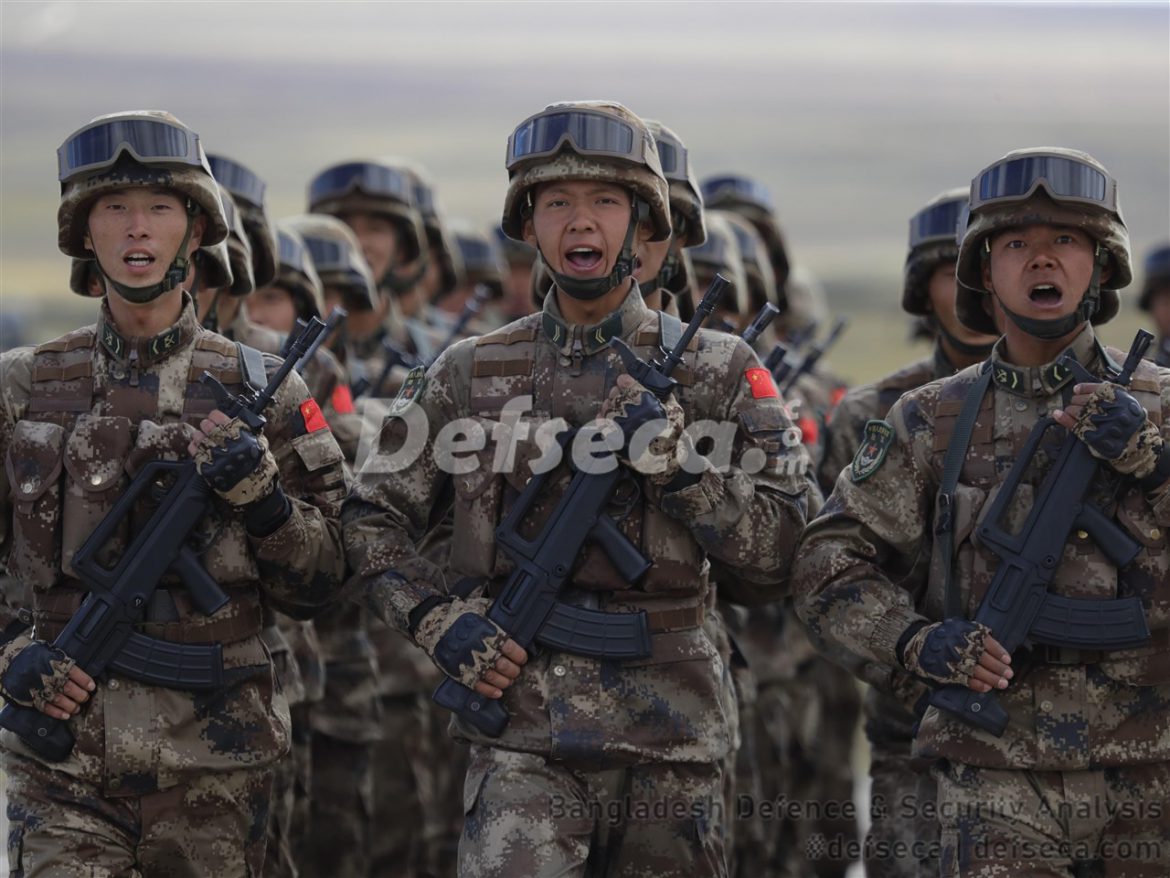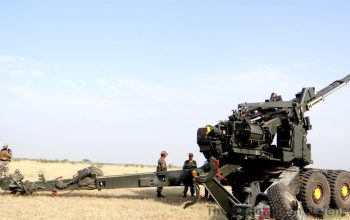The Indian Army revised its official death toll to 20 including a Colonel after an overnight clash with Chinese security forces in the disputed Kashmir region’s Galwan Valley.
The alarming death toll figure is the first major deadly class in the Line of Actual Control (LAC) to occur in the last 45 years.
Chinese government officials stated Indian Army troops entered in to their territory two times and attacked Chinese patrols.
The Indian Army officially conceded three of its personnel were killed before revising the death toll once again after critically injured soldiers succumbed overnight. They also claimed there were casualties on the Chinese side however this has not been verified by officials in Beijing.
The two sides used rocks and iron rods in the scuffle and multiple sources confirmed that no firearms were used at the time of the incident.
The poorly demarcated Line of Actual Control (LACs) landscape is comprised of mountains, rivers, lakes and snowcaps resulting in shifting geography such as commonly recognised points typically referenced by border security forces.
India claims China is occupying 38,000 sq km of its territory in the region but several rounds of talks have not yielded any solution to the border dispute between the two most populous countries in the world.
During 1962 the Indian armed forces suffered a humiliating defeat at the hands of the PLA forces. Since then the gap between the two forces grew wider due to the advent of mass level industrialisation in China. The Chinese government has built permanent infrastructure including road, rail and air strips in the region to facilitate mass movement of its troops.
India failed to keep pace with those developments however recently they have started constructing roads. They also deployed 12,000 troops, tanks and artillery in the region, however this force can do very little to placate a well-acclimatised of 200,000 personnel China maintains in the region.
India’s failure to diplomatically resolve border territory disputes with most of its neighbouring countries resulted in clashes, particularly with Bangladeshi and Pakistani security forces in recent years.
In April 2001 the Indian Border Security Force (BSF) backed up by the National Security Guard (NSG) intruded in to the Bangladeshi village of Boroibari and attacked a Bangladesh Rifles (BDR) border outpost manned by a dozen troops. The attack was successfully repulsed by the Bangladeshi border guards and villagers resulting in the death of a large number of Indian forces including at least two injured.
Indian forces deployed mortars, machine guns, grenades and even armoured personnel carrier however the heavily armed troops got caught in rice paddies making them fall prey to machine gun fire. Many abandoned their weapons with BDR personnel capturing two Indian troops alive and recovering 16 corpses from the clash site. BDR Director General Fazlur Rahman claimed four truckloads of Indian corpses were sent back to India. Other casualties were taken away by the retreating Indian troops. The Bangladesh Rifles (BDR) lost three of its troops during the initial moments of the Indian attack but India lost far more in prestige.
After the Boroibari incident Bangladesh Rifles (BDR) shelled the disputed village of Mancachar with 60mm and 82mm mortars. Almost 20,000 nationals from both countries were evacuated during the clashes.
Such bloody conflicts are not only a regular occurrence, they also illustrate how badly Indian security forces are overstretched having to position themselves against numerous internal and external threats.
It is however certain from a strategic point of view that the Chinese retaliation will be a broad spectrum possibly involving economic ties. It is a trade where the balance is $60 billion in favour of China.
The Chinese could also create pressure on India at sea in places such as the Bay of Bengal and the Indian Ocean. Chinese presence in the Bay of Bengal is increasing much to the discomfort of the Indian Navy. At present Chinese contractors are building a $1.2 billion submarine base in Cox’s Bazar, Bangladesh. They are also building a deep sea port in Myanmar’s Kyaukpyu town and another in Bangladesh’s Payra. The Chinese have also taken over the Hambantota Port in Sri Lanka to solidify its strategic grip on South Asia.
A Chinese port operator by the name of China Overseas Port Holding Company also holds lease over Gwadar Port in Pakistan. The port features heavily in the China-Pakistan Economic Corridor (CPEC), which is considered to be a link between the Belt and Road Initiative and the Maritime Silk Road projects.
China’s overall encirclement of India can only be addressed by New Delhi with a long term plan for peace and cooperation. It is connected with how India also treats its smaller neighbours. The incident in Ladakh can be considered as a prelude to bigger problems for India in the coming days.




